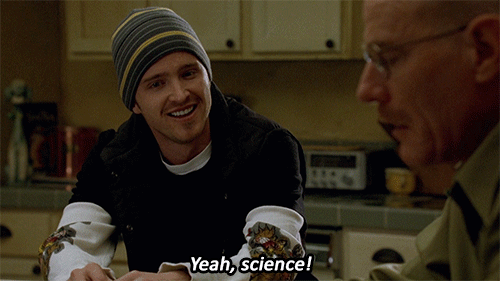
fossilesque
joined 2 years ago
MODERATOR OF
Ladkris mmmm
He brought out the youth vote in droves. That's a rare thing.
Why not?
Missing link. Sauce please.
Comedy is the subversion of the expected.
If you're lucky.
Is this the life that drove him back to the bottle over and over, one must wonder.
Herbaceous gymnosperms were likely outcompeted by early angiosperms because they were tasty.
No, this is the way. PhD theses are probably like having an aggressive cancer and then submitting it is like a successful surgery.
view more: next ›













They probably had some extra plastic to offload lol.